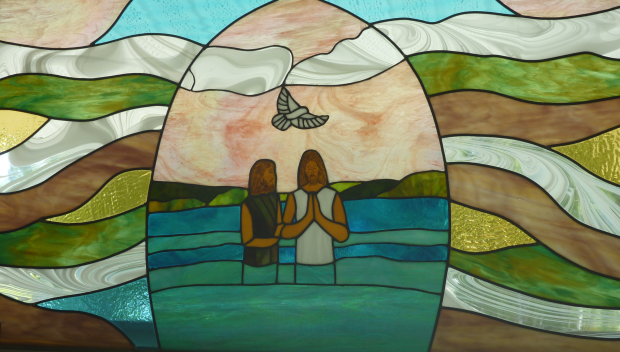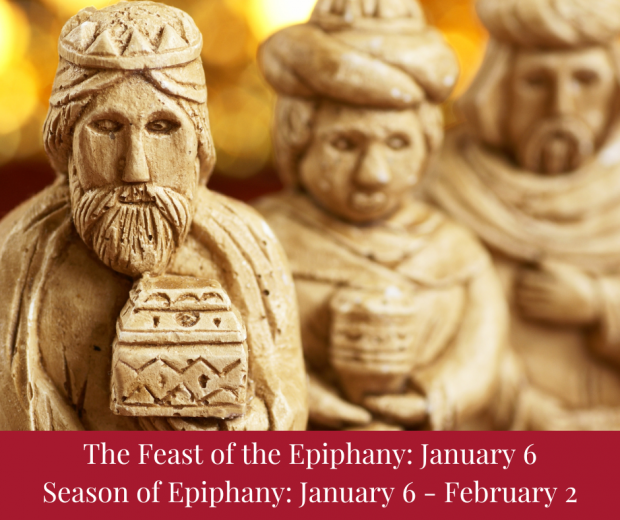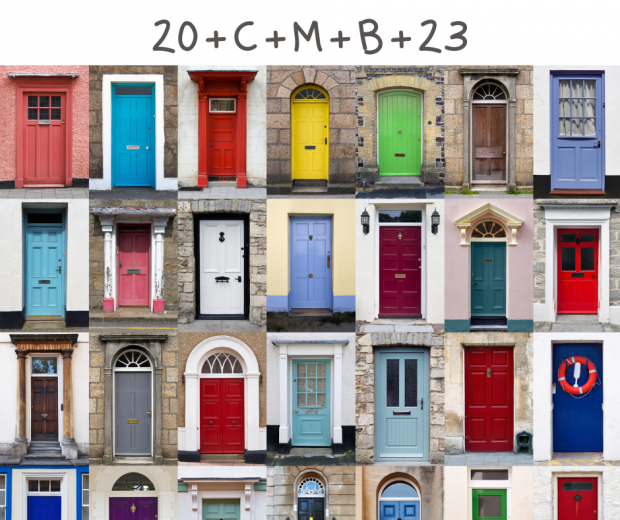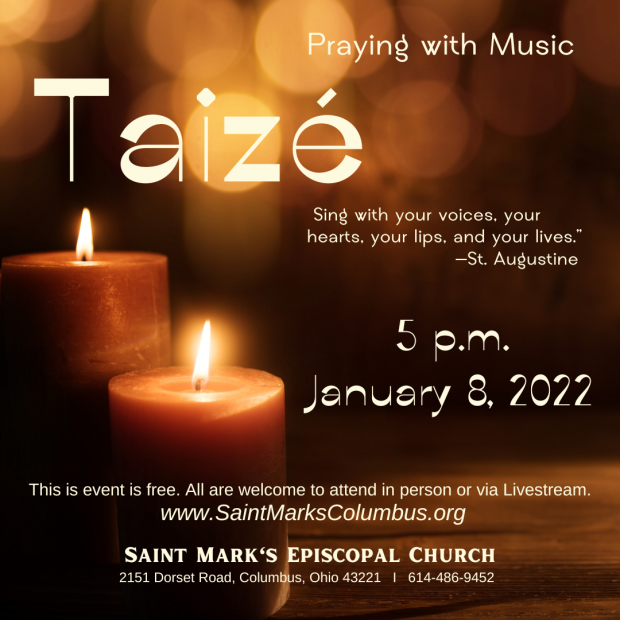Sunday Worship Services – The Baptism of Our Lord
Sunday, January 8 at 8 and 10:30 a.m.

Reflections on Worship
The celebration of Jesus’ birth and his manifestation as the Son of God comes in a pair of seasons with common characteristics. These seasons have been particularly popular in western Christendom and were, in the past, times of such levity and rejoicing that puritans in the sixteenth and seventeenth centuries sought to do away with them. In the last century, when the puritan influence had waned, Christmas became popular in this country again, but by then churches had all but lost their memory of the old feast. As a result, Epiphany season and the intervening Twelve Days of Christmas were not part of the secular celebration. A host of new secular customs and legends developed during Advent primarily as a means of supporting business. We need to recover our own special heritage if we are to make Christmas and Epiphany central to our faith again.
On Epiphany, the theme is the manifestation, or showing forth, of Christ to the Gentiles in the account of the Wise Men. Light is the primary symbol, with the Star of Bethlehem as the sign that Christ, the light of the world, has come. On the following Sunday, we celebrate the Baptism of Christ. This is one of the four days of the year which the Book of Common Prayer designates as baptismal days. (The other three are Easter, Pentecost, and All Saints’ Day.) Even if there is no one to be baptized that day, we reaffirm our Baptismal Covenant as we rejoice that Christ, who was manifested as son of God in his Baptism, is now made manifest in us, his church, through our baptism.
In the weeks after Epiphany, other events in Jesus’ ministry are celebrated, events such as his first miracle, changing water into wine; his first healing; his calling of the disciples; his first preaching. These events reveal him as God’s Son and help us explore more deeply the unlimited extent of his love and our role–as members of his Body–in revealing him to the world.
From The Right Light: Reflections on the Sunday Readings and Seasons of the Church Year. Copyright © 2007 by Michael W. Merriman. Church Publishing Incorporated, New York.



 Saint Mark’s will present a special evening service with music from the Taizé (pronouced taa-zay‘) tradition. The language and order of the service is in the style of worship that is distinctive to the
Saint Mark’s will present a special evening service with music from the Taizé (pronouced taa-zay‘) tradition. The language and order of the service is in the style of worship that is distinctive to the  A special extended coffee hour after the 10:30 a.m. worship service to welcome Saint Marks’ newcomers. The event will feature a campus-wide scavenger hunt, good food, fun, and great fellowship.
A special extended coffee hour after the 10:30 a.m. worship service to welcome Saint Marks’ newcomers. The event will feature a campus-wide scavenger hunt, good food, fun, and great fellowship.